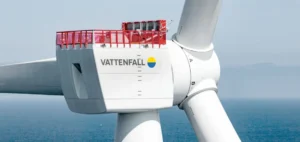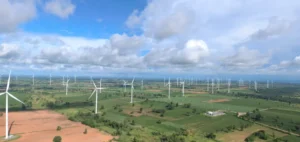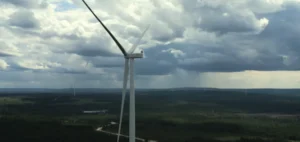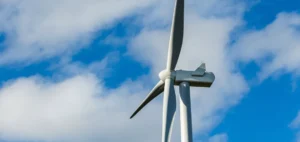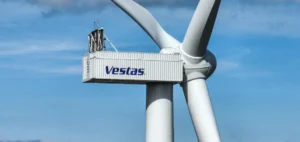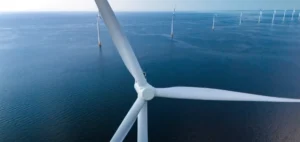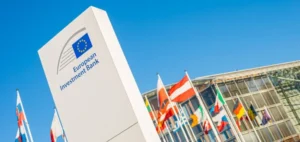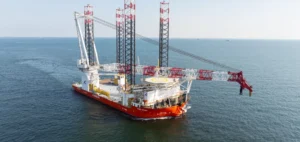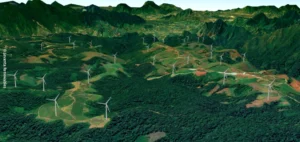The wooden structure manufacturer has announced the approval of its modular wind turbine tower by the independent certification body TÜV SÜD. This model has been designed to support an onshore turbine with a power output of 6.4 MW and meets the sector’s technical standards. The obtained validation paves the way for the industrialisation of this solution.
A certification based on technical evaluations
The tower underwent a detailed analysis of its technical characteristics and testing methodology. TÜV SÜD assessed its compliance with international standards, notably IECRE OD-501 and OD-501-3. This certification was made official at a conference dedicated to wind turbine infrastructure in Munich, where the conformity statement was issued.
According to TÜV SÜD, test results confirm the design’s suitability for industry requirements. The modular structure has been examined to ensure its durability over a 35-year period.
A model designed for mass production
The aim of this tower is to support the expansion of large-scale onshore turbines. Thanks to its segmented architecture, it optimises transport and installation for high-power wind turbines. Modvion plans to adapt this design for large-scale manufacturing, with models reaching hub heights of up to 219 metres.
The validation of this structure marks a step towards integrating alternative materials into wind energy infrastructure. The company now plans to accelerate the production of its towers and expand their deployment in the European market.











